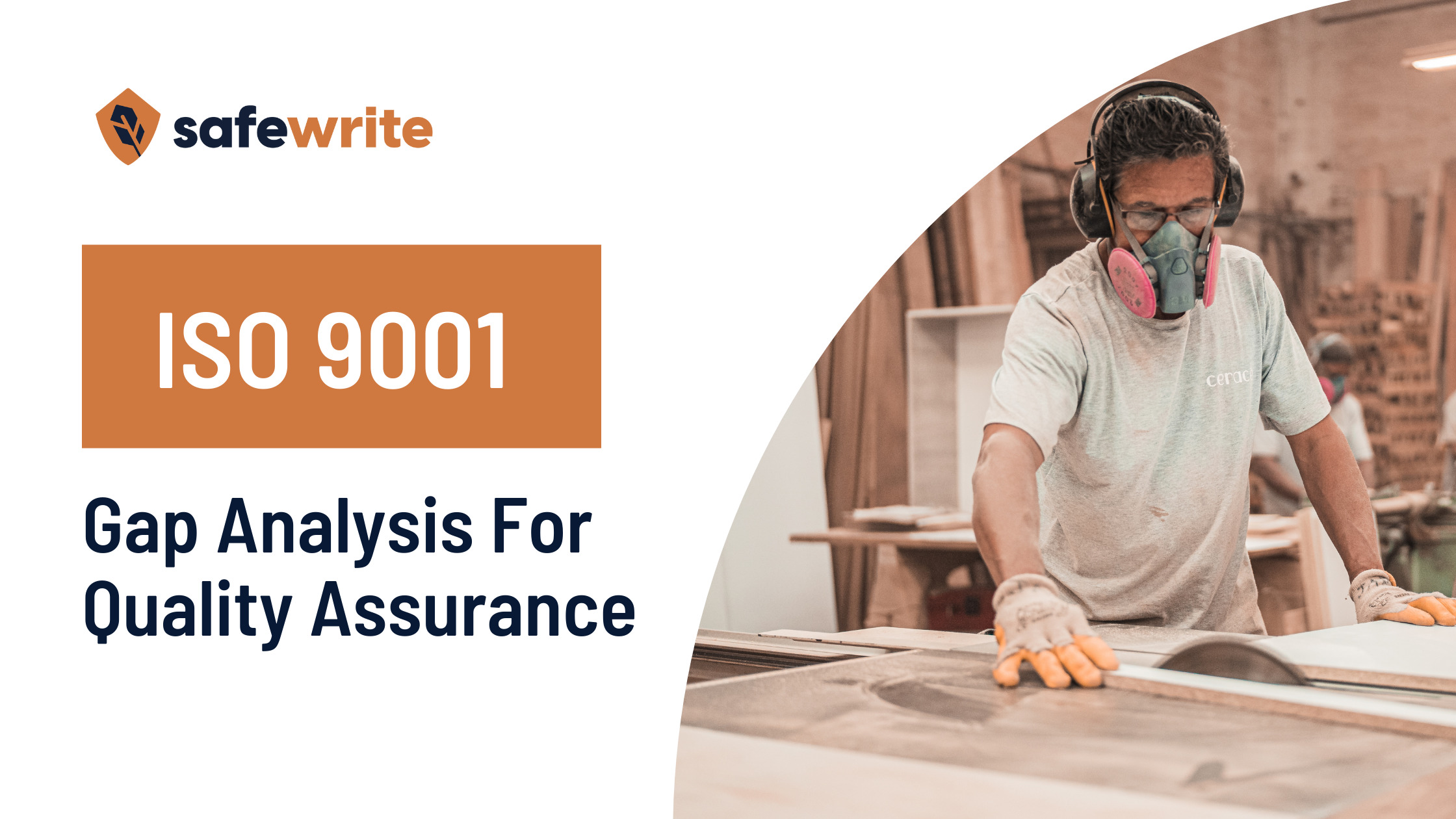
19 Mar ISO 9001 Gap Analysis – What You Need To Know
ISO 9001 Gap Analysis
What Is ISO 9001?
ISO 9001 is the international framework adopted by businesses across all industries that outlines the criteria for a quality management system. It can be used by a firm of any size and is traditionally the most sought after ISO framework to be accredited to.
The goal of the framework is to provide the structure for continuous improvement of quality of their products and services that consistently meet the requirements and desires of the customers. An effective QMS needs to consider all processes, resources, assets and company values that support customer needs and organisation efficiency.
What Is This Important?
Key benefits of becoming ISO 9001 certified include:
- Increased Revenue
- Improved Credibility
- Improved Customer Satisfaction
- Reduced Operating Costs
- Improved Supplier Relationships
- Improved Customer Engagement
What Is A Gap Analysis?
An ISO 9001 gap analysis is an objective evaluation of an organisation in comparison to the ISO standards. It is traditionally the starting point of a firm looking to improve their QMS and ultimately become accredited.
The gap analysis will highlight any issues or ‘gaps’ within your current Quality Management System (QMS), which will in turn allow you to create a project plan to fill those gaps. The more successful you are at identifying these gaps early on, normally reduces the number of non-conformances raised during the audit, which grants accreditation sooner.
What Are The Steps In Conducting A Gap Analysis?
The first step in conducting a gap analysis is to choose who will be reviewing the current systems and processes. This is normally done by a third party such as an auditor or consultant, however, this can be performed in house. From here the key areas of focus are addressed in regards to the ISO framework looking to be accredited in. This allows you to focus your efforts and not spend time on unnecessary areas, this is usually conducted by the project management team.
From here, a critical analysis of the firm’s current QMS in relation to the ISO 9001 framework is conducted. This is usually conducted through interviews with key staff members who are directly involved with the QMS, the key findings are then compared to the control requirements of the standard.
Once the research has been collected a report is finally produced, the report should highlight not only the gaps but also provide recommendations which form a priority list. This list will act as a guide that will need to be addressed in order to meet the requirements needed to become certified.
Why SafeWrite?
At SafeWrite, we have a solution that equips our users with an interactive self-assessment tool, fitted out with all the questions needing to be asked to ensure that you are on the right path for compliance. Upon completion, you immediately will be able to generate a professionally formatted report that identifies your scores, gaps and recommended action plan as your next steps.
The SafeWrite platform even has pre-built ISO 9001, ISO 14001 and ISO 45001 documentation templates to help businesses adopt best practice frameworks. With roughly 70 – 90% of the content is already built out before you make a single update, your goal obtaining accreditation has never been easier!
Get in touch with the SafeWrite Team to find out more!
